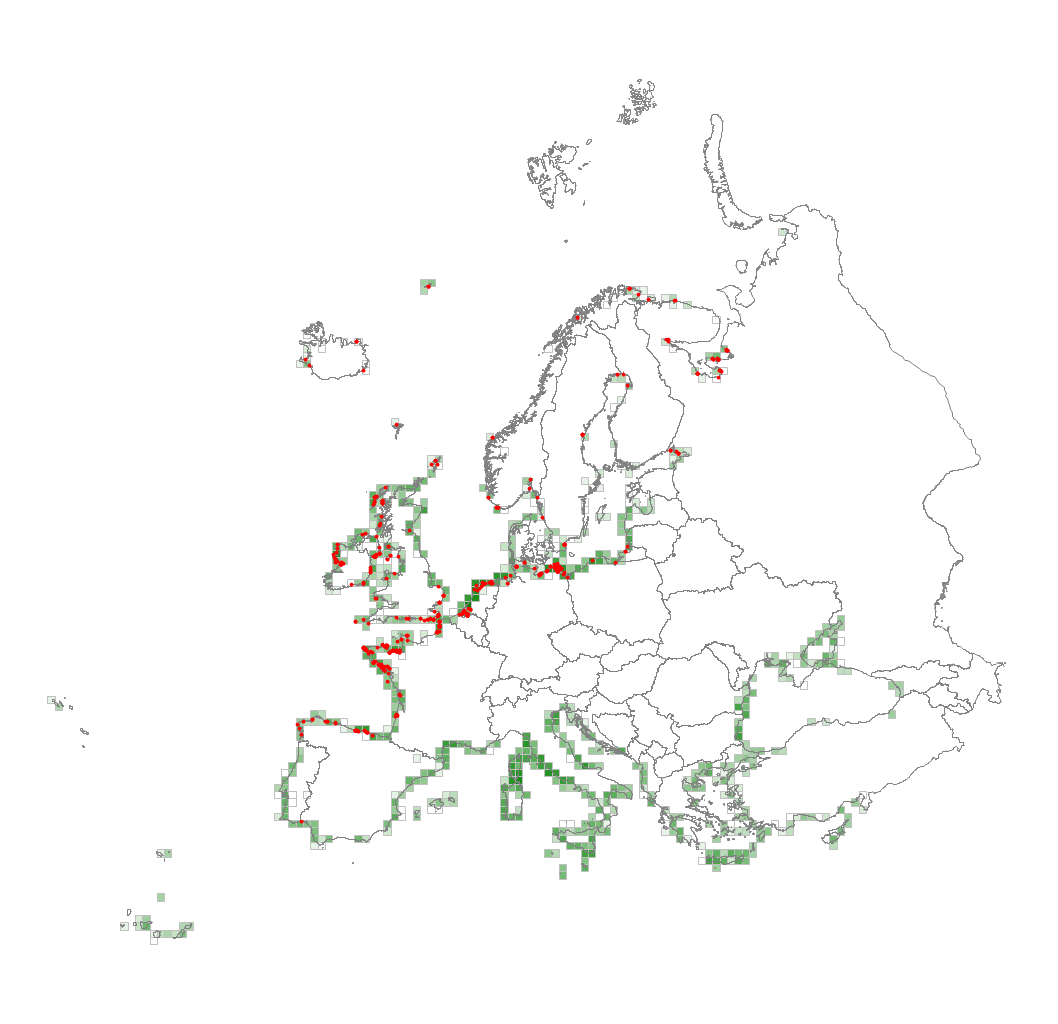N21 Atlantic, Baltic and Arctic coastal shingle beach
These deposits of shingle are most typical of highly dynamic beaches along the Atlantic, Arctic and Baltic coasts, with concentrations along the English Channel. Often mobile and largely bare, they provide an inhospitable environment colonised only in more stable situations, with some deposition of finer material and drift detritus, by a distinctive suite of salt-tolerant and nitrophilous perennial plants. They also provide a habitat suitable for some nesting waders and seabirds and a variety of distinctive invertebrates. Locally, in southern England and the Baltic, larger apposition beaches are more extensively colonised by vegetation.
Chytrý M., Tichý L., Hennekens S.M., Knollová I., Janssen J.A.M., Rodwell J.S. … Schaminée J.H.J. (2020) EUNIS Habitat Classification: expert system, characteristic species combinations and distribution maps of European habitats. Applied Vegetation Science 23: 648–675. https://doi.org/10.1111/avsc.12519
Version 2021-06-01, https://doi.org/10.5281/zenodo.4812736.
For the official presentation of the EUNIS Habitat Classification from the European Environment Agency, please see: EUNIS Terrestrial Habitat Classification 2021. The FloraVeg.EU presentation may show modifications and partial updates to the habitat classification.
